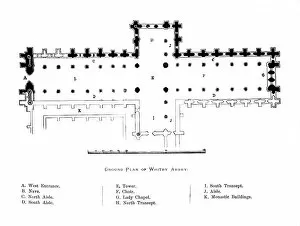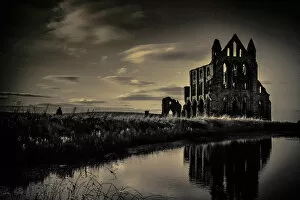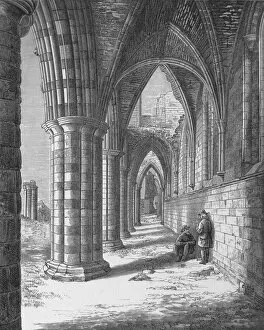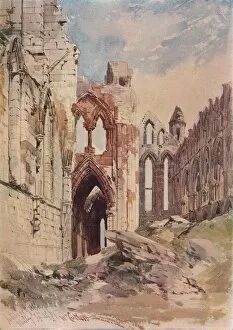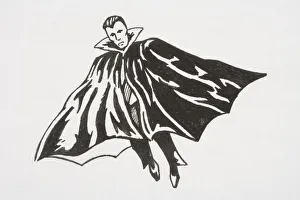Bram Stoker Collection
Bram Stoker, the renowned Irish author, is forever linked to the hauntingly beautiful ruins of Whitby Abbey in North Yorkshire, England
All Professionally Made to Order for Quick Shipping
Bram Stoker, the renowned Irish author, is forever linked to the hauntingly beautiful ruins of Whitby Abbey in North Yorkshire, England. The ruined doorway of this ancient abbey frames the picturesque town, creating a scene straight out of one of Stoker's gothic novels. In fact, it was here that he found inspiration for his iconic novel "Dracula. " Stoker meticulously studied the ground plan of Whitby Abbey in 1897 as he crafted his chilling tale. The ruins themselves were so captivating that they even reflected in a pool nearby, adding an eerie ambiance to the already mystical atmosphere. In black and white photographs from around 1900 and 1906 they can be seen with an air of mystery surrounding him. These images capture his enigmatic persona and serve as a reminder of his literary genius. One particular page from Chapter 5 reveals Dr. Seward's phonograph diary describing a patient - perhaps hinting at the dark secrets hidden within "Dracula. " And on Page 539, Chapter 27 lies a deleted passage detailing the destruction of Dracula himself - evidence that Stoker carefully crafted every aspect of his masterpiece. But perhaps most intriguing is Bram Stoker's original typed manuscript of "Dracula, " preserved through print. This artifact holds countless untold stories and serves as a testament to Stoker's brilliance. As we delve into Bram Stoker's world through these glimpses into history, we are reminded not only of his impact on literature but also how places like Whitby Abbey continue to inspire our imagination today.



